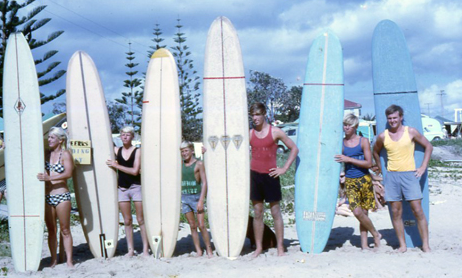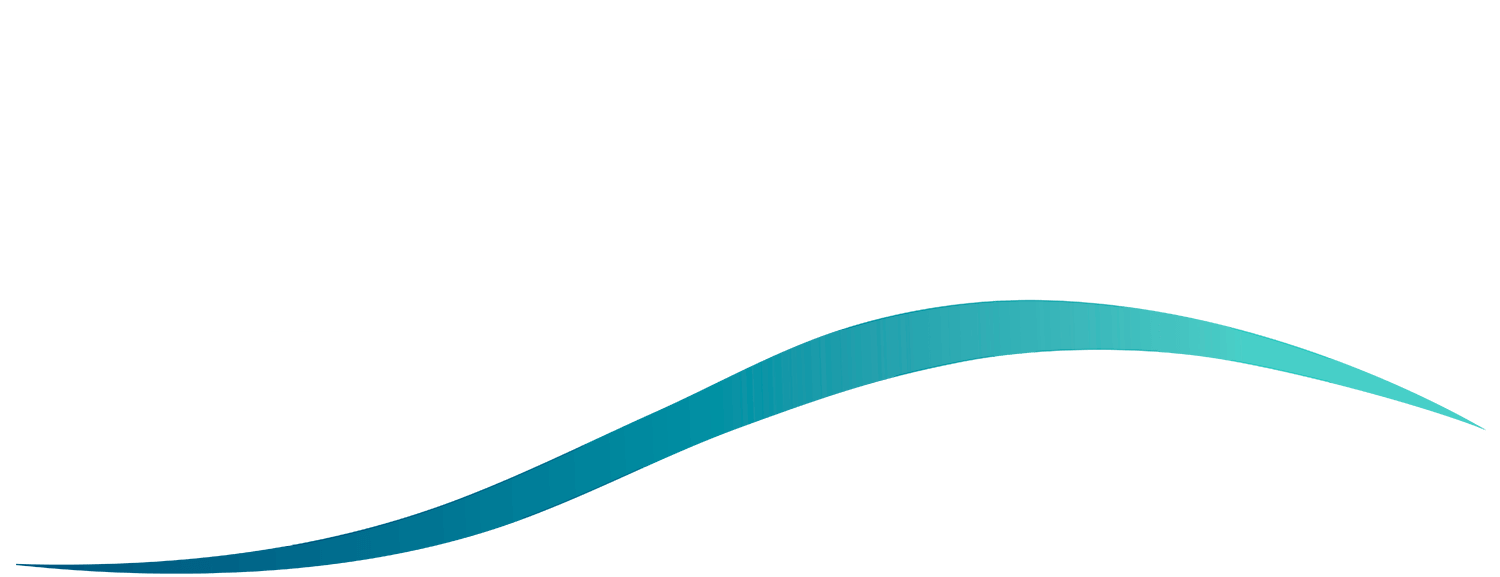It was a time of bodgies and widgies, Brylcream and loud cars; a time to break away from the conservatism of the ‘50s – and the backdrop for the advent of something big on the Sunshine Coast. Surfing.
It was a sub-culture that represented freedom and being the part of the revolution; young men growing their hair long in defiance of authority. It was the time of hippies and the Vietnam war protest marches.
Caloundra had a population of less than 2000, so most of the local kids knew each other and hung out together. And this is where a generation unknowingly found themselves the pioneers of surfing on the Sunshine Coast.
They surfed because it was freedom. They were breaking away from the control and stiffness of the ‘50s.
The legendary Pa Bendall established the Moffateers, a group of young surfers who were taking their sport seriously.
He was out to draw the radical free-living kids of the era into line and formed a club where he could keep an eye on them.
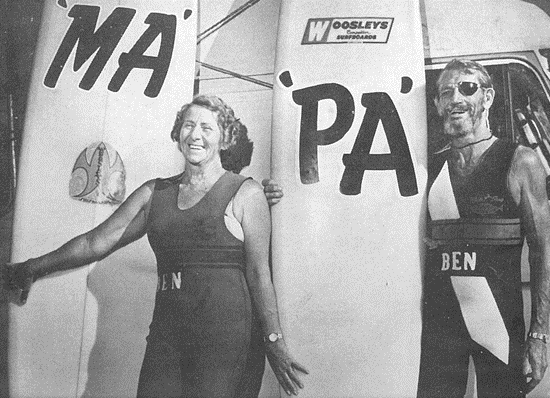
After the Moffateers came other boardriding clubs – North Shore in 1969 which covered Maroochydore and Mooloolaba and most famously, the Windansea which came after the Moffateers in Caloundra.
Help keep more great Coast memories alive by subscribing to our free daily news feed. Go to Subscribe at the top of this story and add your name and email. It’s that simple.
But before surfing became a serious and competitive sport, there was the beginning; when, of all the beaches on the Sunshine Coast, only Caloundra, and in particular Moffat Beach, had surfers out on boards riding waves just for the joy of it. They were young people making a statement.
They all rode long boards, 9ft plus. As the ‘60s wore on, the boards got shorter – and over the course of a decade, the big mals gradually gave way to 5ft-6ft boards, that ultimately turned surfing from simple freedom to competition.
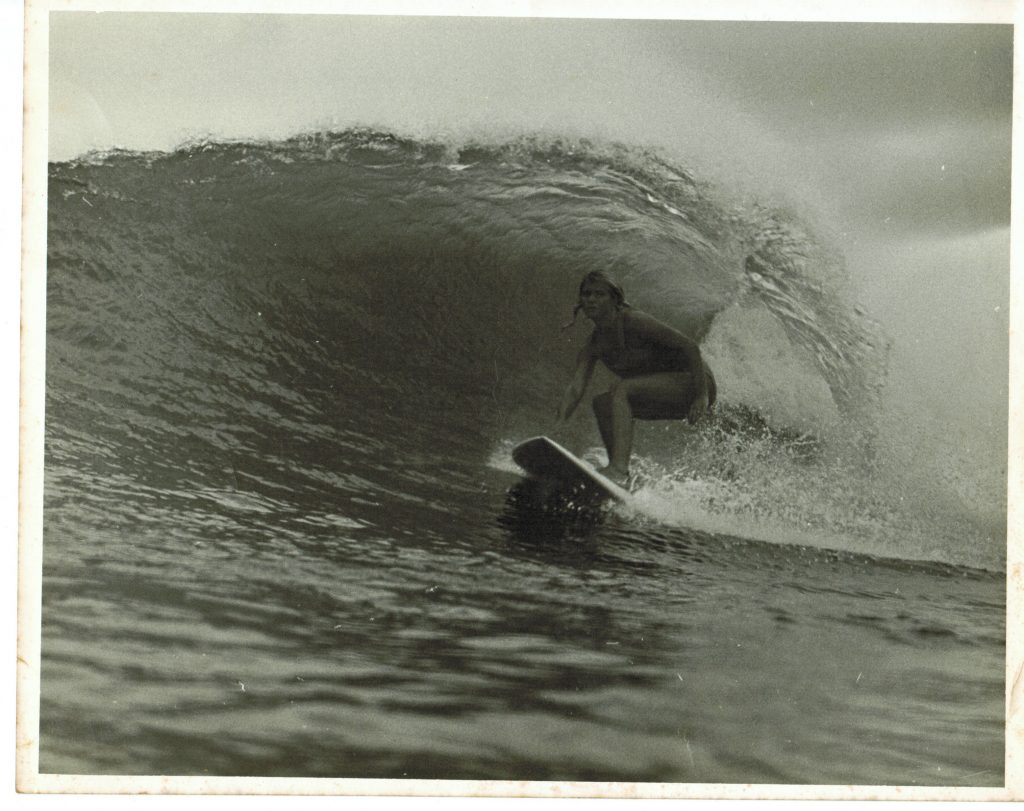
The local lads marked their territory. In the beginning there were about 60 local surfers in all, more than half of them in Caloundra and they hated it when the boys from Maroochydore came down but most of all, the North Coast hated it when the “Brisos” came up and crowded the local lads.
The words “Brisos go home” turned up on the cliffs at Moffat Beach and that paint was regularly touched up to keep the message clear.
In the days of Kombi vans and panel vans, there was a distinction between surfies and surfers.
A surfie was a drop-out who bleached his hair with peroxide, put boards on the roof racks and drove around the streets being cool.
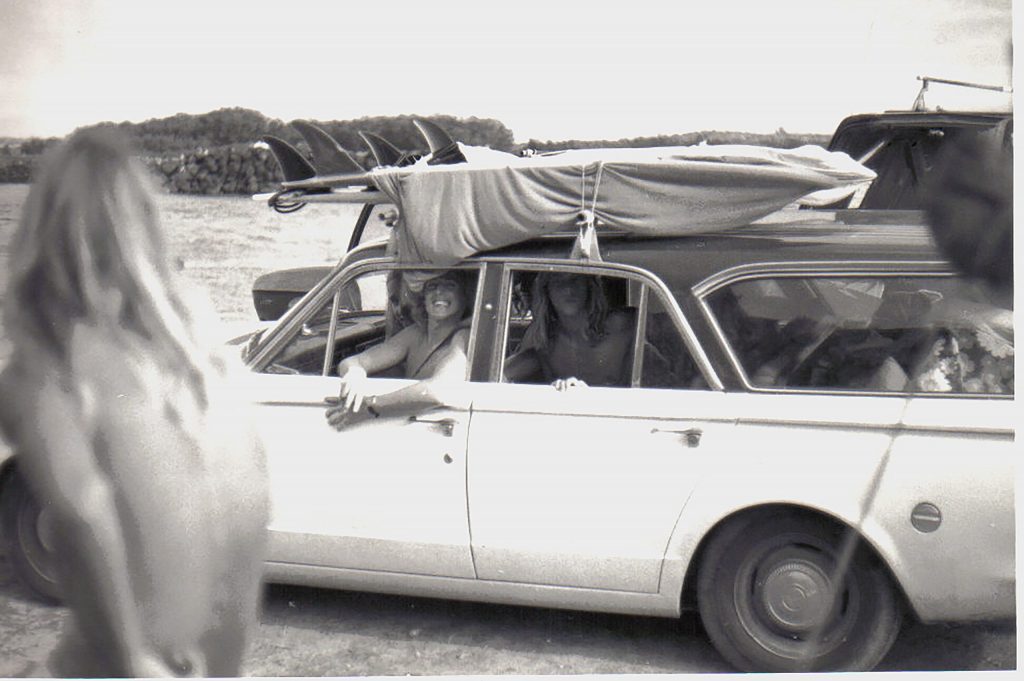
Surfers, on the other hand, were looking for peace and freedom and found it on the beach. While they looked for perfect waves, their girlfriends sat soaking up the sun and waiting.
They hung out on the beach and left the streets to the rockers, the bodgies and the surfies.
By night, regular dances at the Alexandra Headland Surf Club were the only organised entertainment on the coastal strip. The boys would turn up in purple pants with white belts and paisley shirts, their hair slick with California poppy and later, hanging down to their shoulders. The girls wore cheesecloth, chunky wooden sandals and patchouli oil.
Old cinemas such as the Strand in Caloundra, the Beach in Mooloolaba and the Star in Maroochydore could always draw a crowd screening surfing films such as “Hot Generation”, “Morning of the Earth” and “Endless Summer”.
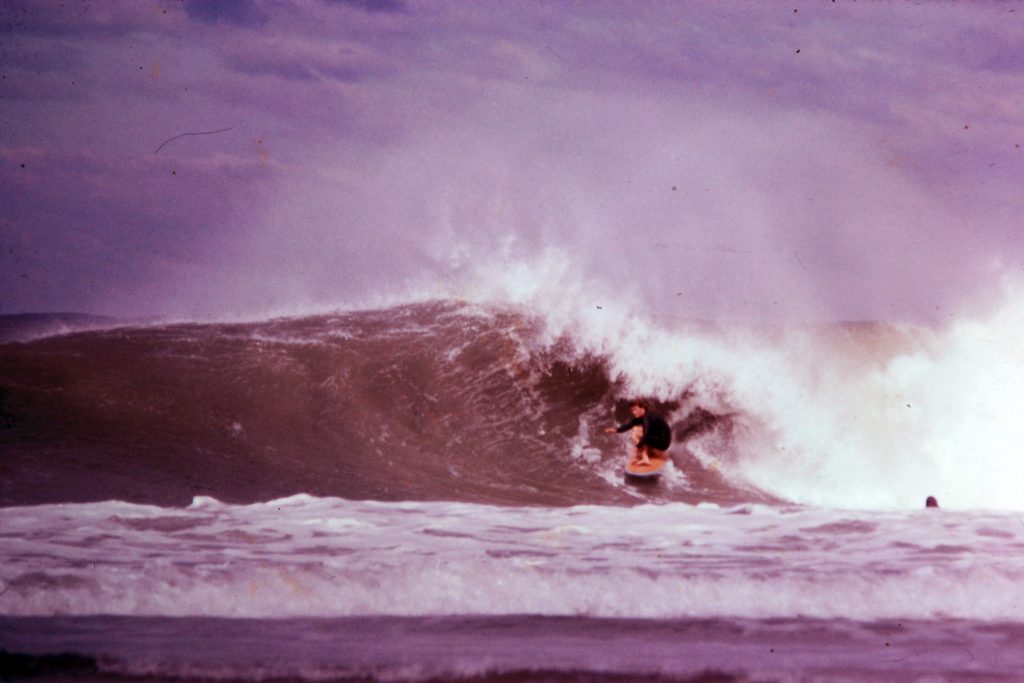
The road linking Caloundra with Maroochydore was dirt and you could drive along the beach at Currimundi. Famously, behind Bokarina was Shangri-La, a nudist beach that every young person at some time visited just for the fun of it.
You could light a fire on the beach when you came in from the surf and even sleep the night and nobody noticed, much less cared.
Not so lucky was that it was the thick of the Vietnam war and young men lived with the threat of having their freedom taken away by conscription or national service and their fear that their birthday would come up in the ballot.
Surfing and the freedom it brought, was very much part of a period of radical change that continued through to the mid-‘70s. It came along at the same time as rock music, protests and hippies. It was the changing of the guard from the conservatism of the 1950s.
This flashback is brought to you by Sunshine Coast journalist and history writer Dot Whittington, also the editor of Your Time Magazine.


